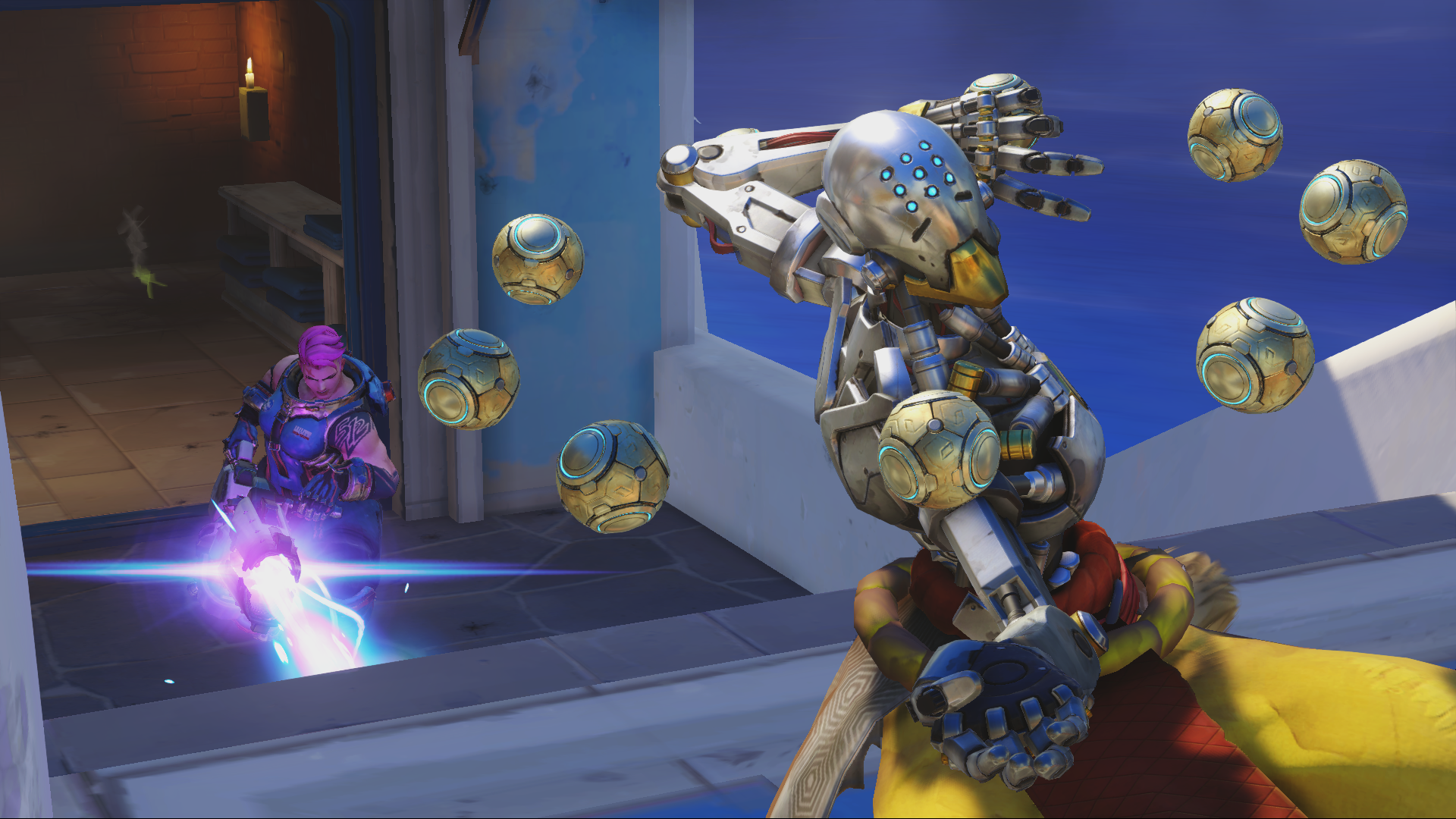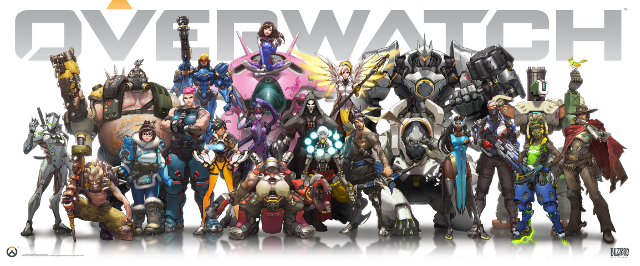Blizzard has done it again.
BlizzCon 2014’s opening ceremony was one of the most powerful gaming presentations ever delivered. Not only did it celebrate 20 years of WarCraft, but it included the announcement of what quickly became the most anticipated upcoming first-person shooter: Overwatch. The debut of Blizzard’s entry into the shooter market was one received with overwhelming praise thanks to a captivating trailer that showcased beautiful character design and exciting gameplay. Looking back, it’s shocking how far along the project was nearly two years ago.
Overwatch is finally here after nearly two years of alpha and beta testing. It might be Blizzard’s first crack at the shooter genre, but it’s something very special that is already having a profound impact on the gaming landscape.
Overwatch is centered around 21 heroes. Although the tutorial showcases perhaps the most traditionally formulated character, Soldier: 76, even this hero is a joy to play as. Soldier: 76 and other heroes all wield multiple abilities in a style that isn’t too far-fetched from MOBA games, where the precise use of each ability is vital to success, and results in a cooldown period. Each hero also has an ultimate ability, which in all cases can turn the tide of battle if used in the right situation. Thus, Overwatch isn’t just a game where you shoot weapons at your opponents and hope for a headshot, you use a wide range of skills and equipment that keep things fresh in the long run.
These 21 heroes are very different from one another, both in terms of visual design and function. (Here's my take on the top 5 best Overwatch heroes to play right now.) Hopping from one to another between deaths—a vital element of the metagame—always results in your capabilities changing in significant ways, even when you step vertically through heroes of the same roles (Offense, Defense, Tank, Support). Even then, the game is composed in such a way that new entrants will feel welcome. Not only is the tutorial helpful, but the heroes range from "easy to pick up and play" to "high risk/high reward" complexity that is challenging to master.
Every player is likely to specialize in one of the roles over time (I’m attracted to Support, for example). Each is crucial for a competitive team composition whether it be Offense for dishing out damage or Defense for holding an objective. As you might suspect, Tank and Support are in hot demand as they tend to be less popular and highly sought after. For the sake of winning, you may feel pigeon-holed into playing one of these two roles even if you don’t want to since not having a Tank and Support is hugely detrimental. In the case of Support, you’ll have far fewer options (four instead of five to six) than the other roles, which can lead to repetition. Finding a friend who enjoys these roles to queue with may be your best bet.
Blizzard has made the effort to substantiate the large hero roster with elaborate lore. This background story has been delivered through text as well as attractive comic and animated videos. For players who like to dig into the RPG side of gaming experiences, this attention to lore has helped create a universe that is much more deep and compelling than the average shooter.
Perhaps more importantly, all these heroes are fun to play. Blizzard has delivered something that runs and plays with remarkable smoothness, backed by feedback at a level that only a small number of elite games are able to equal. Some of this gameplay success is derived from the highly refined engine, which is able to support quick movement and input from users, but a sizable portion of this is owed to the game’s phenomenal visual presentation and audio. When you fire a weapon or use an ability, the game communicates whether or not you hit your target. You’re never left guessing what the outcome of an action was.
Overwatch is a very pretty game. Heavy praise should be given to the heroes, each of whom have great detail and diverse qualities. There’s a consistency here that makes each hero attractive in his or her own way, paving the way for fandom. The 12 included maps are similarly well-composed and refined. Their layouts include verticality that provide room for heroes to explore their skillsets, whether it be Widowmaker grappling to a sniper position or Pharah hovering near the skyline while pummeling the ground below with rockets. These maps have a great balance of color that has taken character recognition very seriously, too. Heroes have a distinct silhouette, making hero identification in virtually any area of a map as simple as possible.
These 12 maps support four game modes including Assault, Escort, Assault/Escort, and Control. In general, the styles of play don’t deviate much. Thus, the game relies heavily on the roster of heroes to produce high replay value, which is does so successfully.
All game modes consist of 6v6 combat. This combat is heavily balanced over team-based play, requiring you to cooperate with others if you have any desire to win. In cases where you queue with friends and use voice communication to devise tactics, this can be thoroughly enjoyable. However, the game makes no effort to make playing alone an enjoyable affair; there is no solo queue, it’s nearly impossible to carry, and naturally most players gravitate toward the Offense and Defense roles. Consequently, much of the enjoyment of playing the game is reliant on non-casual, group-oriented play. If you queue alone, then good luck to you.
Despite a wealth of detail and the game being fast-paced, it runs extremely well across many levels of systems. There’s a PS4 and Xbox One version for players who may not have a decent PC, but even a multiple-year-old PC with a GTX 660 or Radeon HD 4850 is capable of running the game well. This optimization is welcomed, blending a beautiful world with a smooth visual experience that is capable of remaining at 60fps with consistency.
Matches are short in length, many times falling within the six- to nine-minute range. There’s very little time between matches, and queue times are fast, allowing this to be an excellent pick–up-and-play game. Also notable is the way post-match is handled: Overwatch doesn’t highlight KDR and other controversial stats like most shooters. Instead, it focuses on spotlighting players who have the greatest impact on the game across a wide range of factors, like high healing, objective defense, or projectile absorption with shields. Players can vote for who they want to commend at the end of the game to reward the player they feel benefited the game the most.
In addition, the game engine determines what it believes to be the most impactful “Play Of The Game.” At the end of each match, all players watch this few-second-long replay. Although this may seem inconsequential, it provides motivation for players to perform well; everyone wants to be the center of attention at the end of the game.
For players who feel compelled to compete at a high level, Overwatch will eventually support a Competitive mode where an ELO system awaits. This system will incorporate seasons with rewards and more. Unfortunately, for now the game is limited to very few options for play, mostly centered around quick matchmaking.
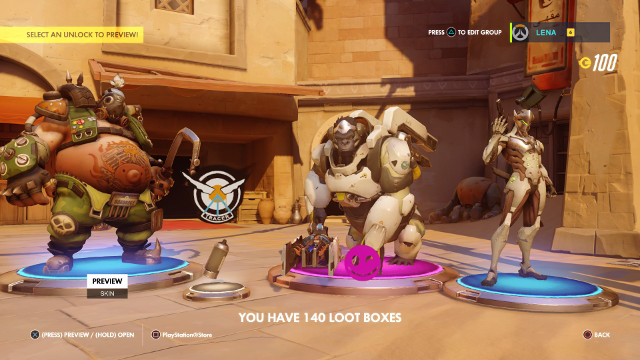
As you play the game, you’ll level up your profile. This has no effect on hero performance, but does allow you to show off your veterancy to others, not only through a displayed level badge, but also collectible items. There are a wide variety of items to collect, awarded through loot boxes after each level up. The most notable items include highlight animations, emotes, and hero skins. Over time or through luck, you’ll acquire the much rarer epic and legendary items. However, given their rarity, they are only reasonably acquired through microtransactions, which allow you to purchase loot boxes for real money. This system is meant to fund the game over a length of time without any subscription cost, but it does become a cause for frustration for players who desire attractive skins and animations for their favorite heroes.
Blizzard has always excelled at delivering enjoyable games with beautiful presentations, and Overwatch shows that it can extend this talent to genres that it’s never visited before. This might be its first shooter, but it has a remarkable fun factor that you would expect from only the most elite shooter-oriented developers. It’s recommendable to just about anyone even if it falters when it comes to solo play. It won’t be difficult to invite your friends to come join you, after all.
-
Great hero diversity and design
-
Beautiful presentation
-
Optimized on PC
-
Cohesive gameplay
-
All 12 maps are fantastic
-
Welcoming to newcomers
-
Plenty of depth for veterans
-
Competitive mode will arrive in June
-
Solo play is ill-supported
-
Microtransaction-focused collectibles
-
Support hero options are limited
Overwatch Screenshots
-
Overwatch Screenshots #1
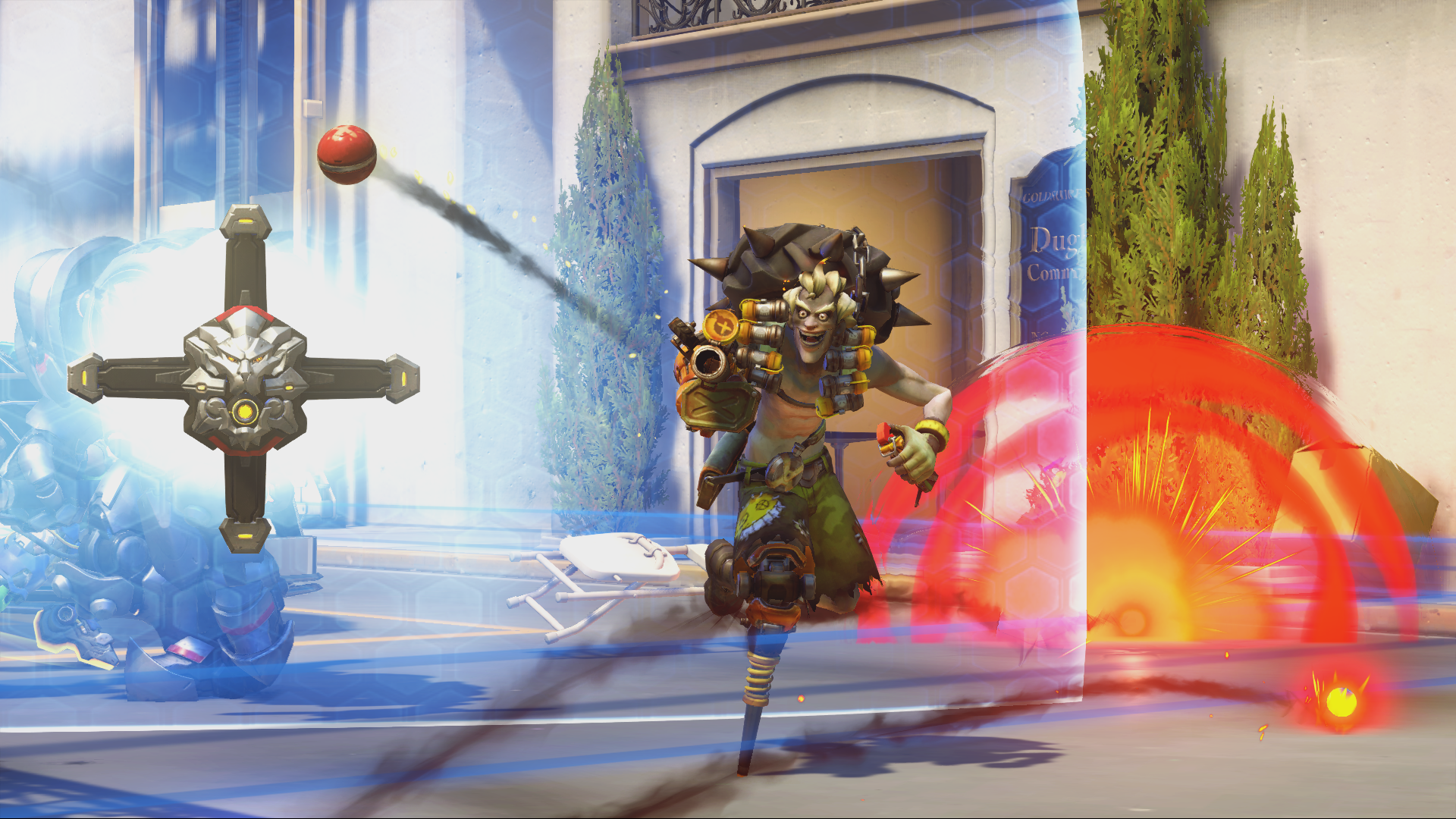
-
Overwatch Screenshots #2
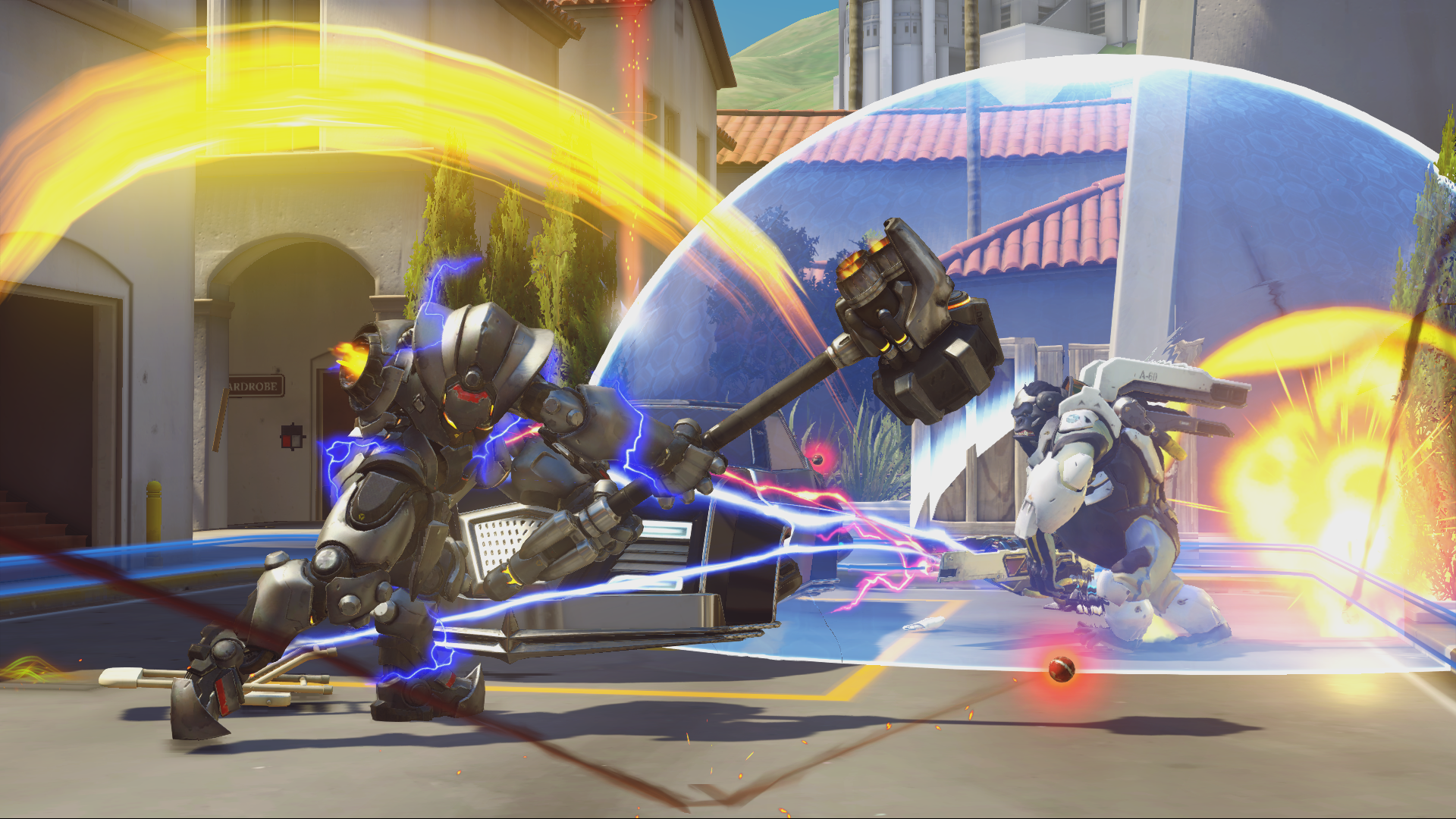
-
Overwatch Screenshots #3
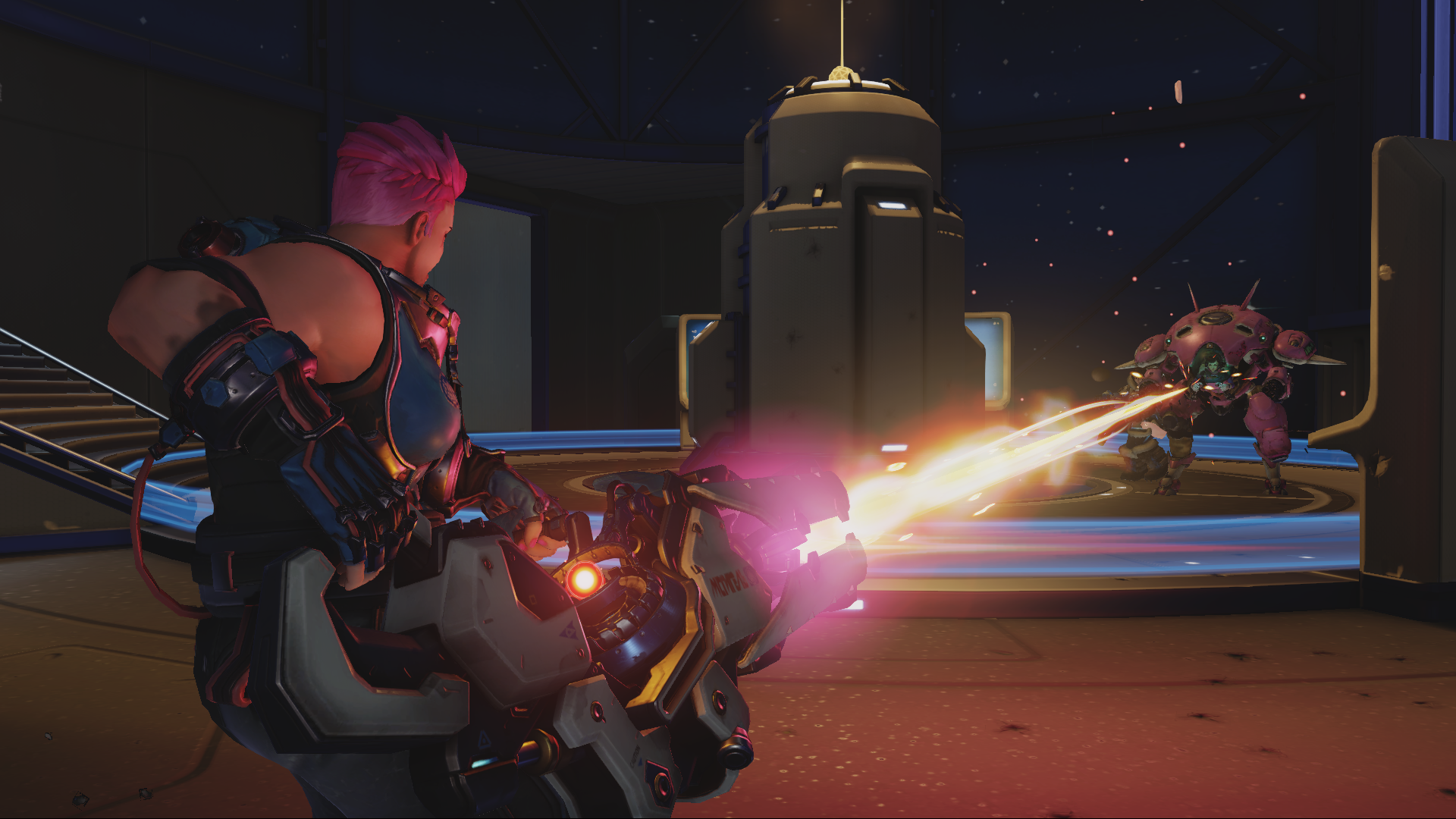
-
Overwatch Screenshots #4
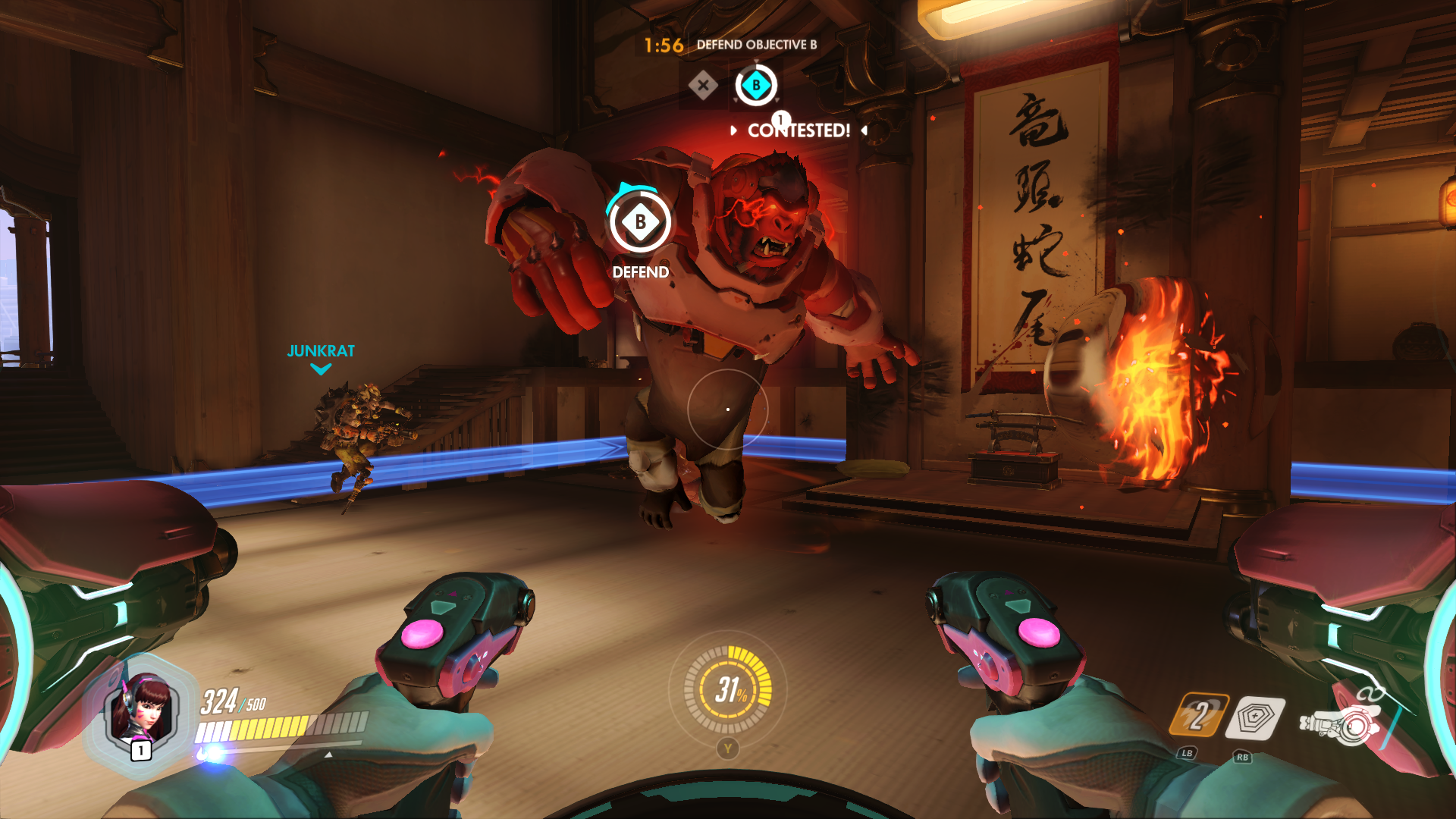
-
Overwatch Screenshots #5
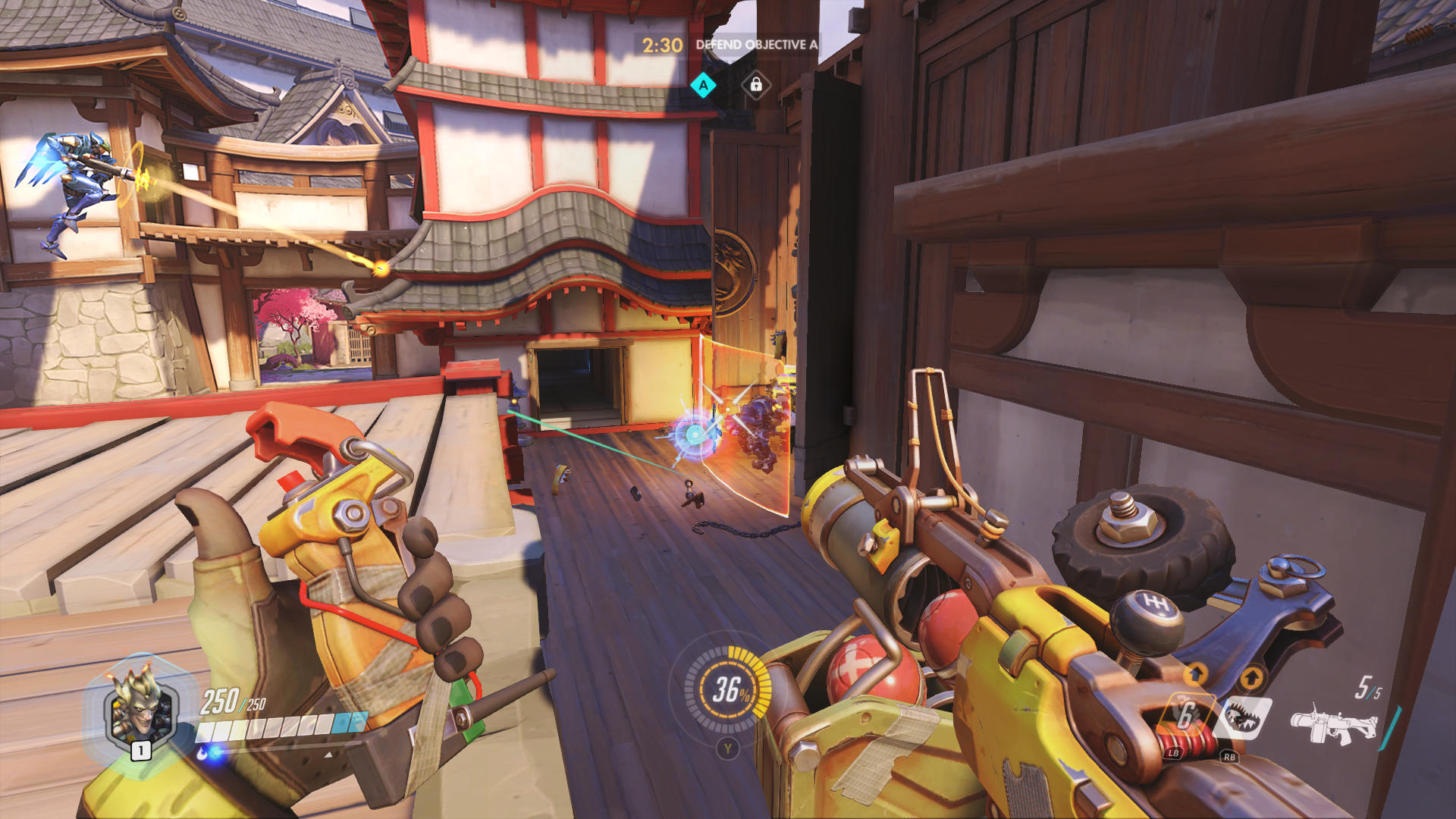
-
Overwatch Screenshots #6
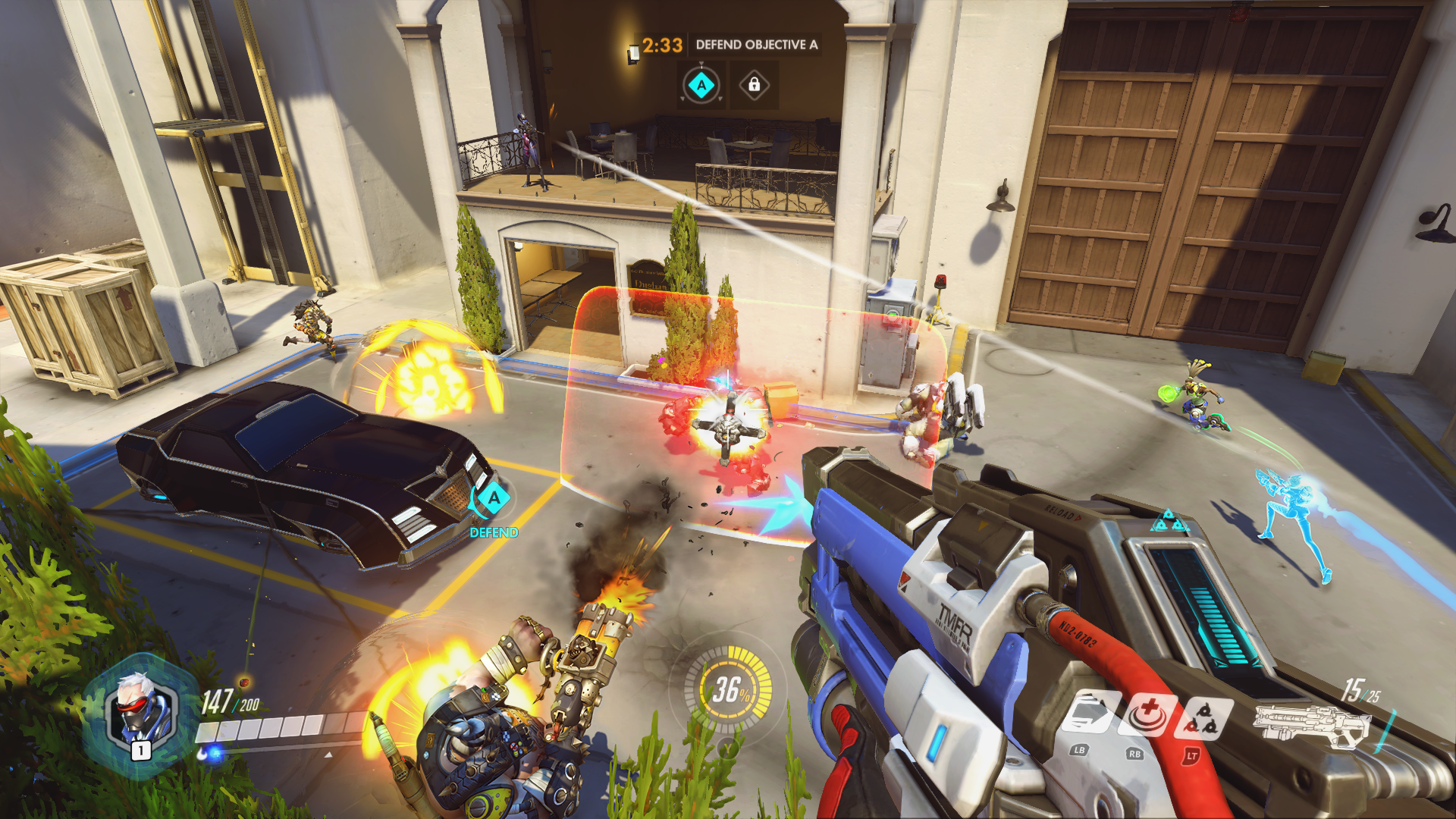
-
Overwatch Screenshots #7
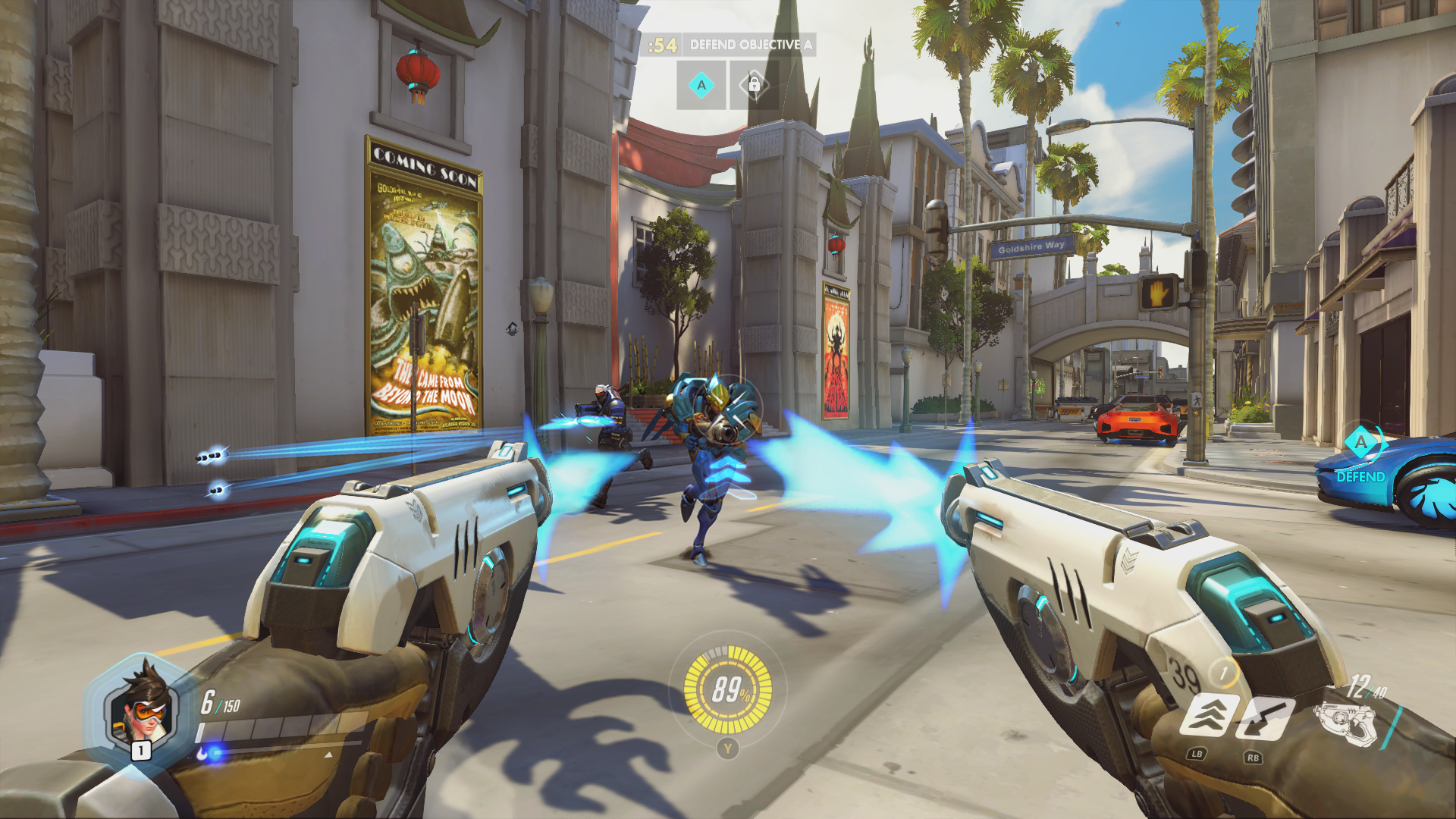
-
Overwatch Screenshots #8
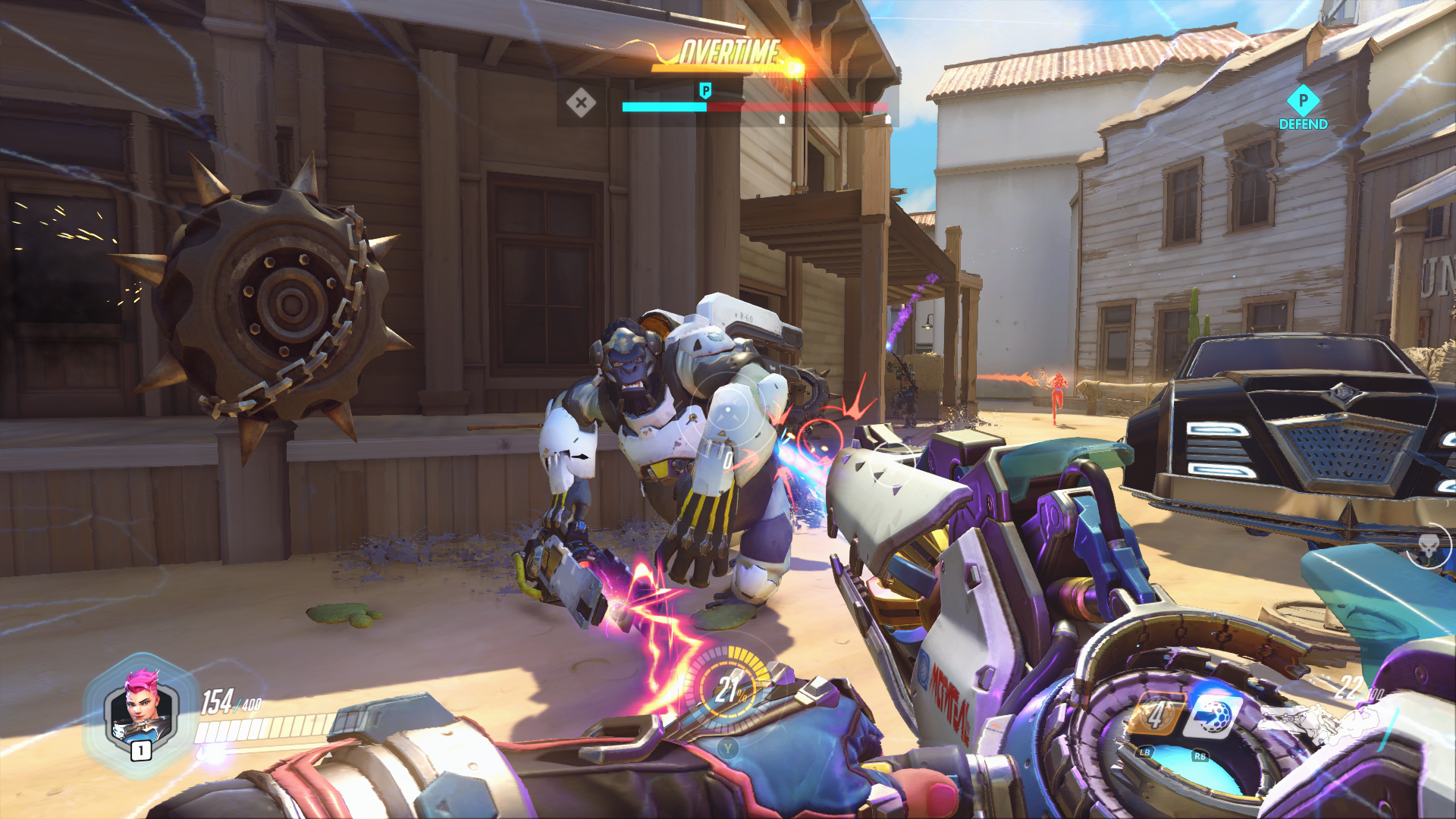
-
Overwatch Screenshots #9
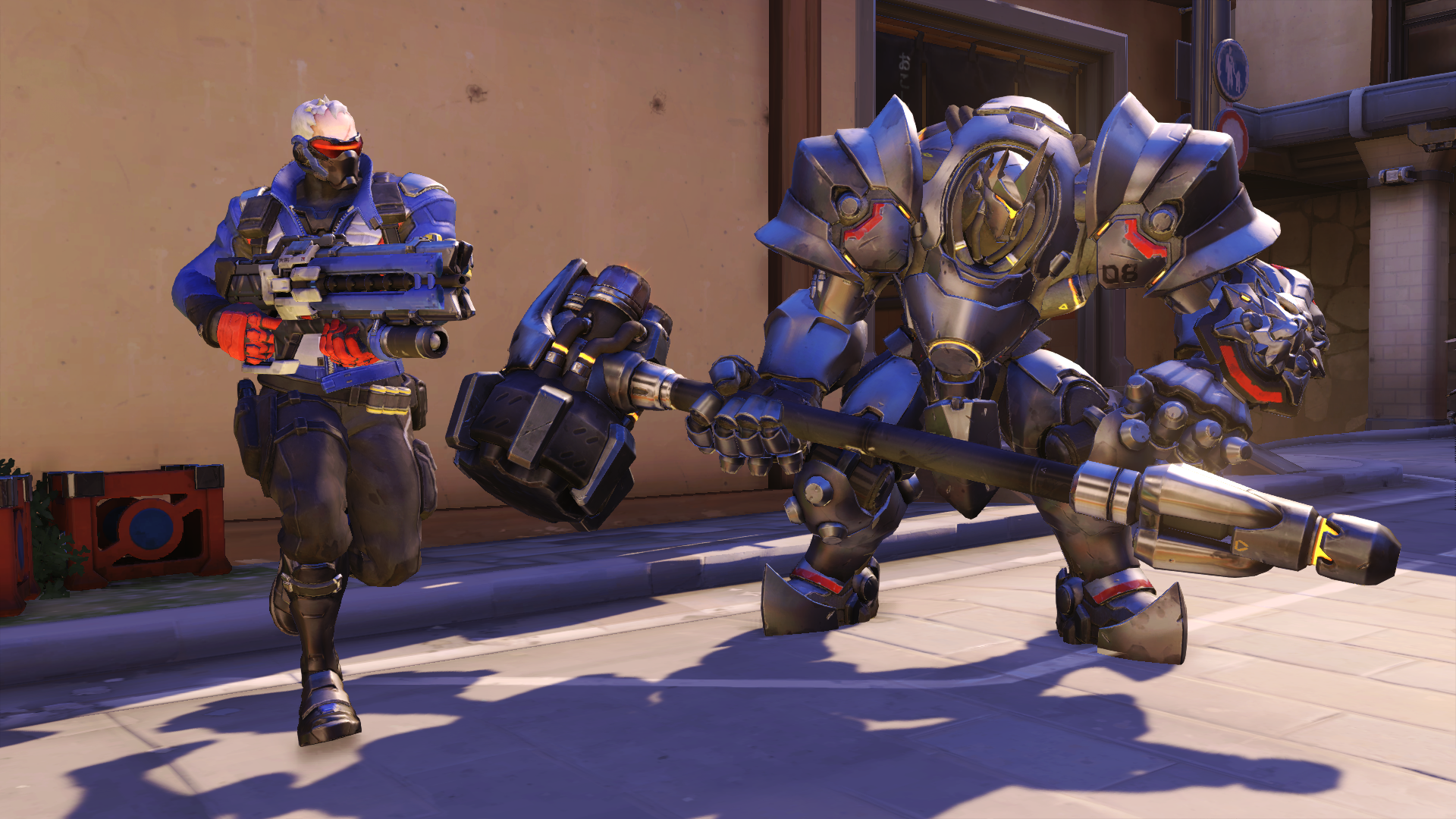
-
Overwatch Screenshots #10
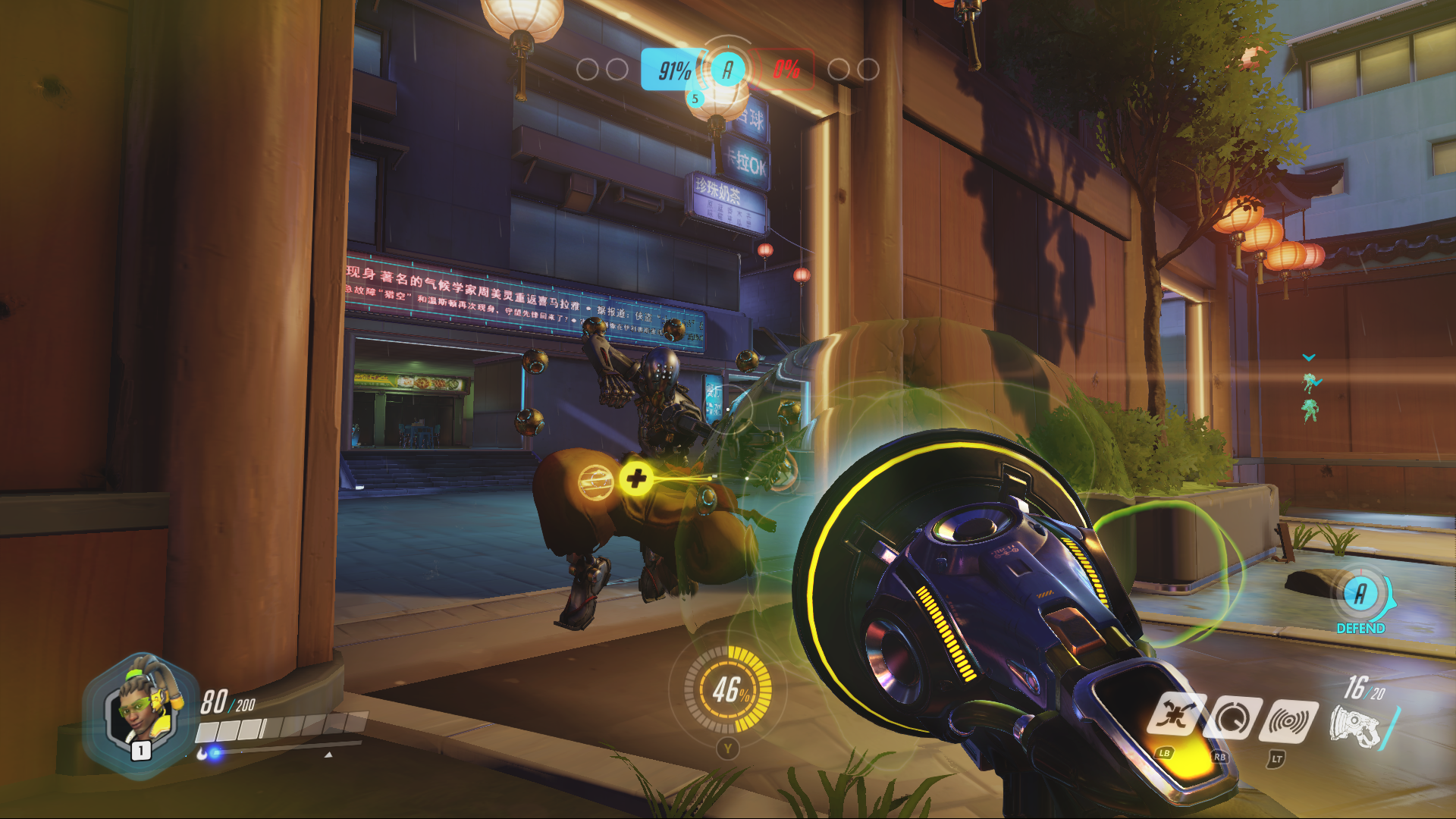
-
Overwatch Screenshots #11
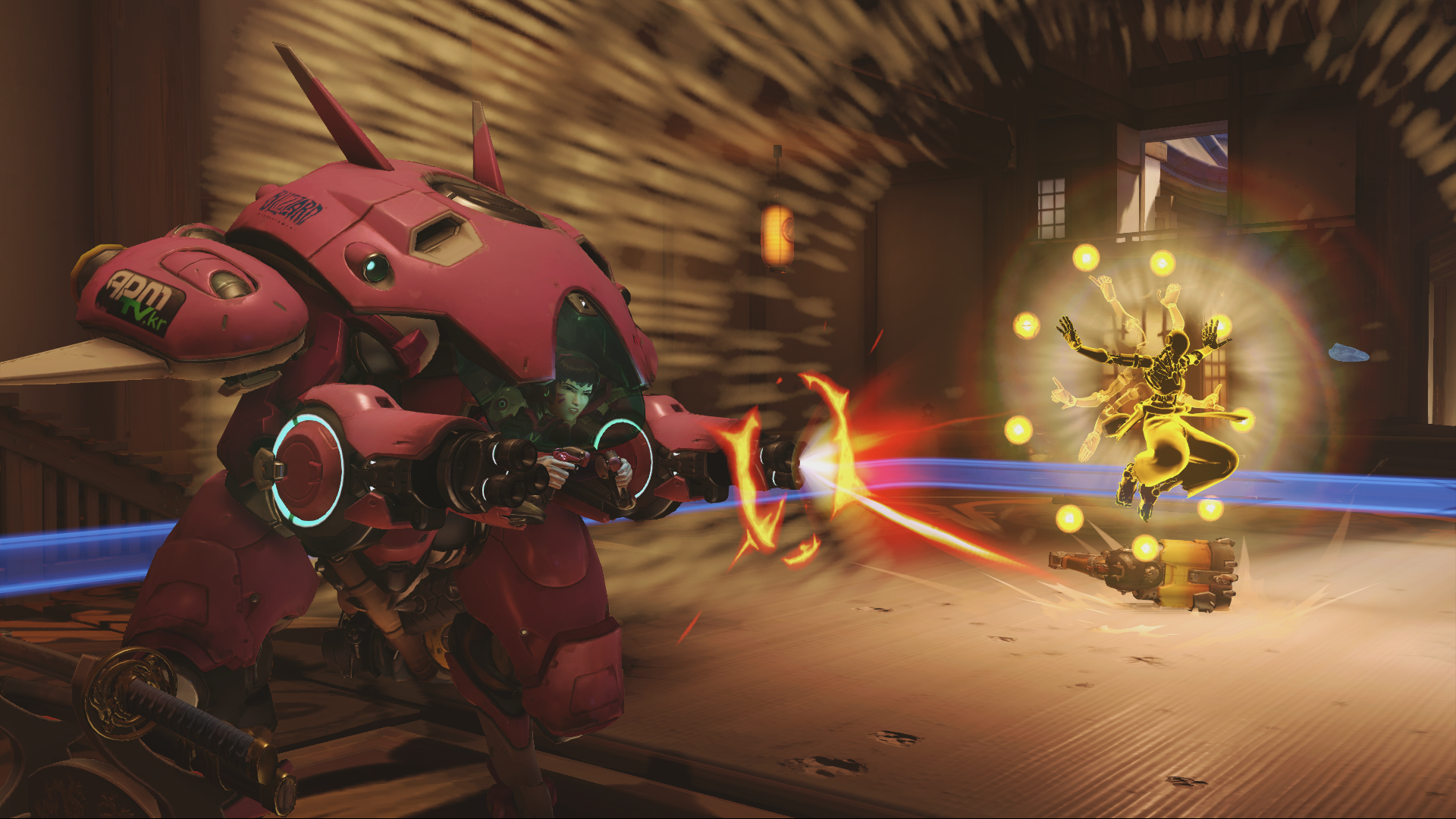
-
Overwatch Screenshots #12
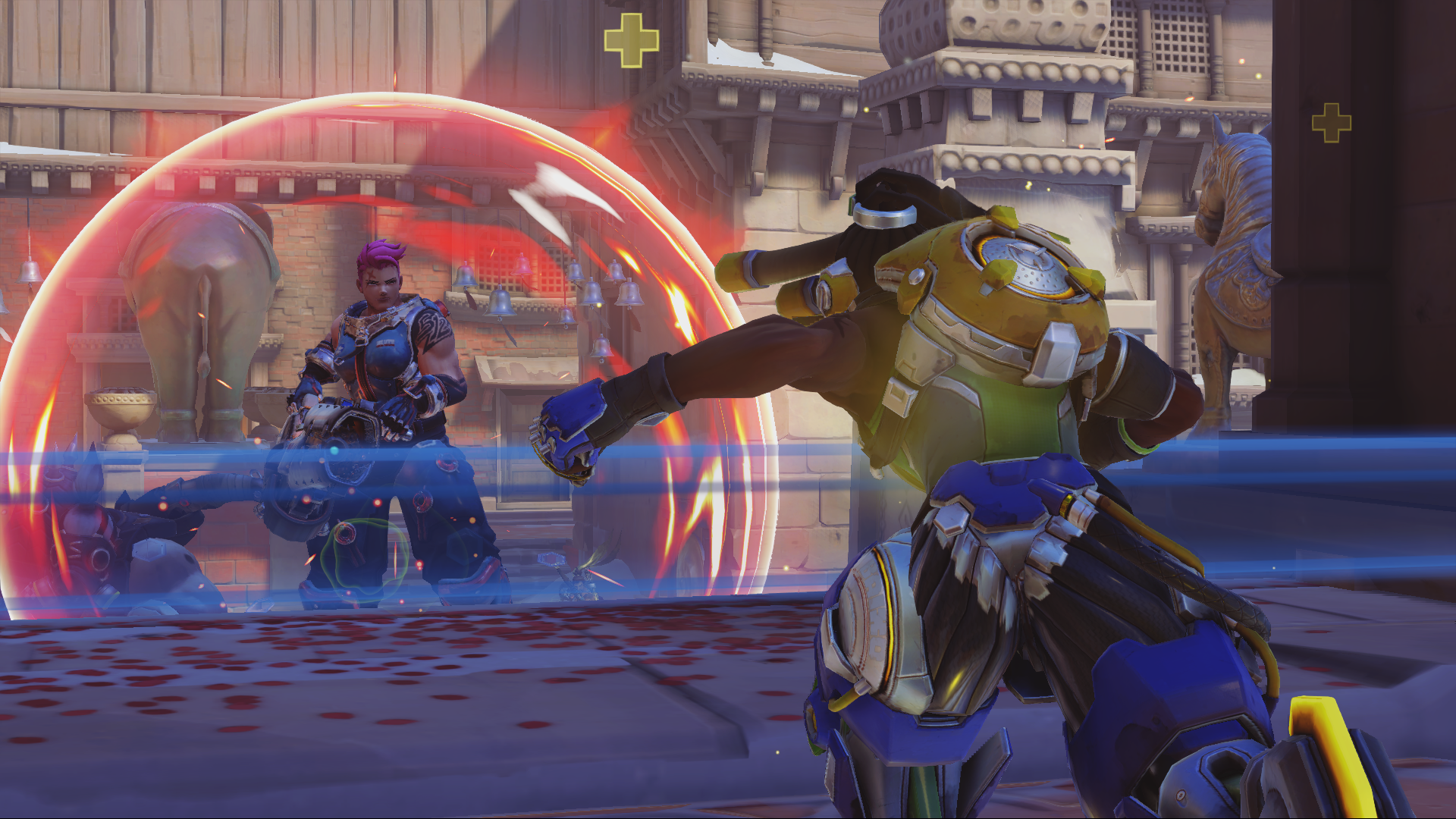
-
Overwatch Screenshots #13
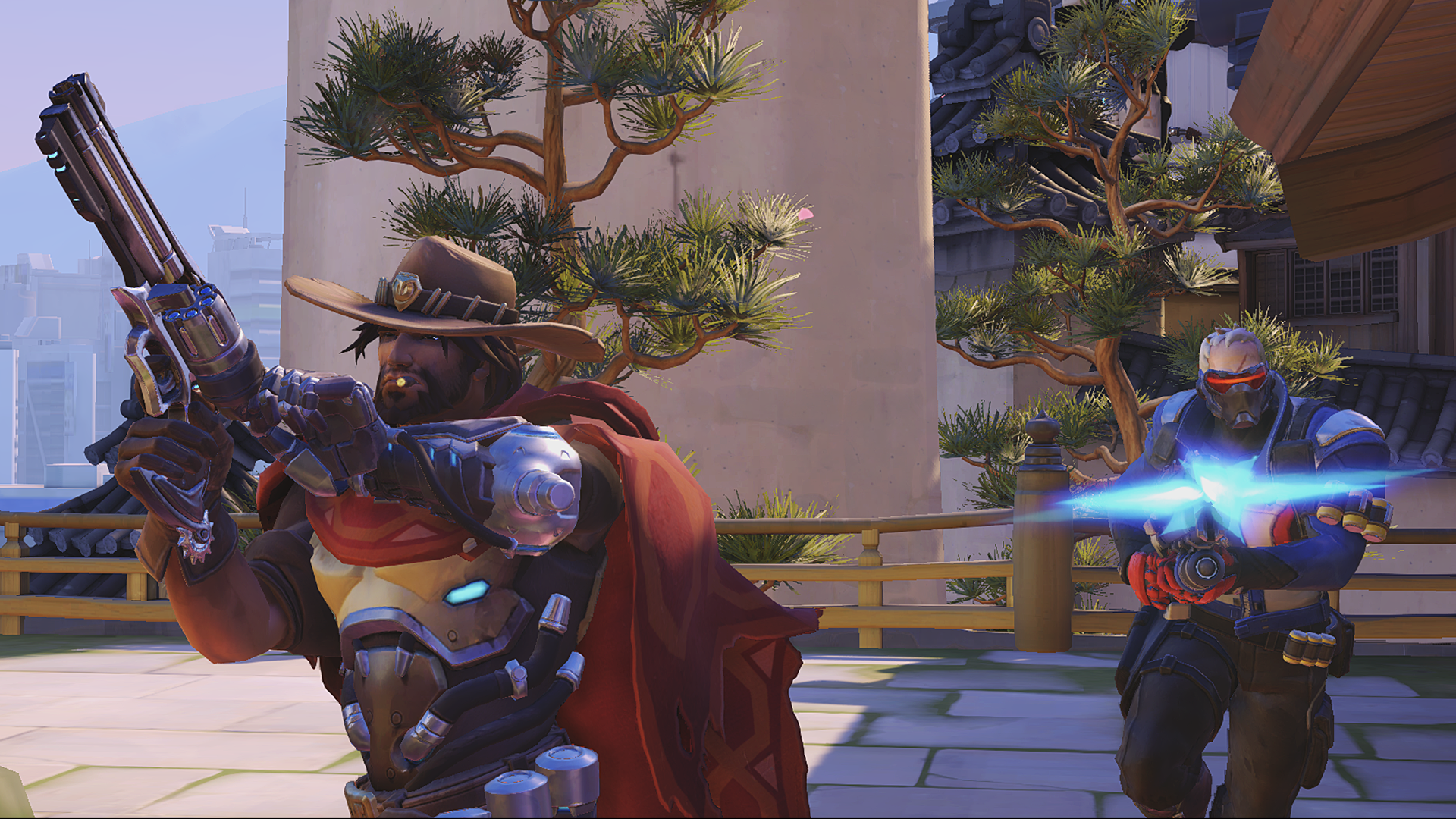
-
Overwatch Screenshots #14
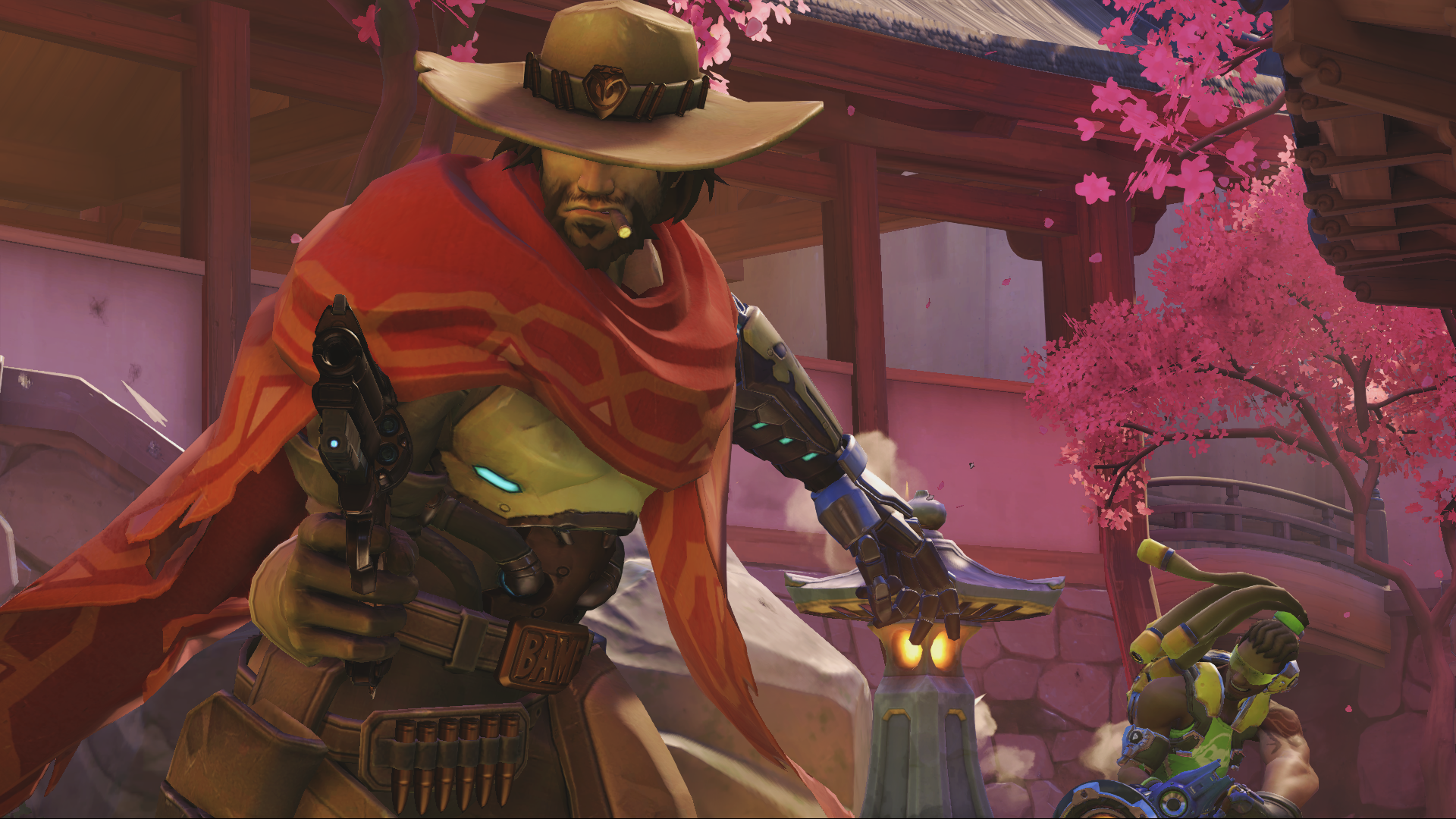
-
Overwatch Screenshots #15
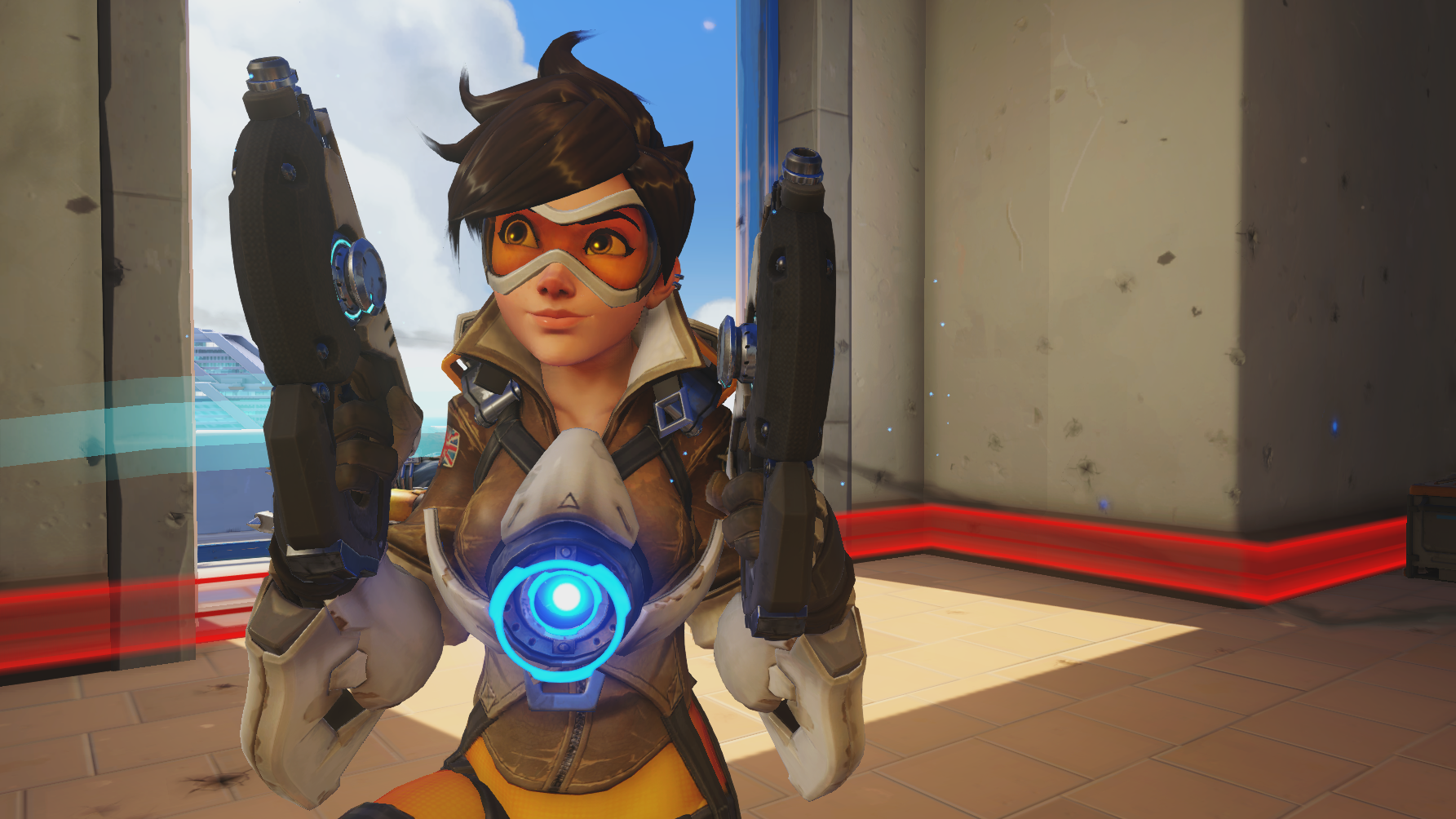
-
Overwatch Screenshots #16
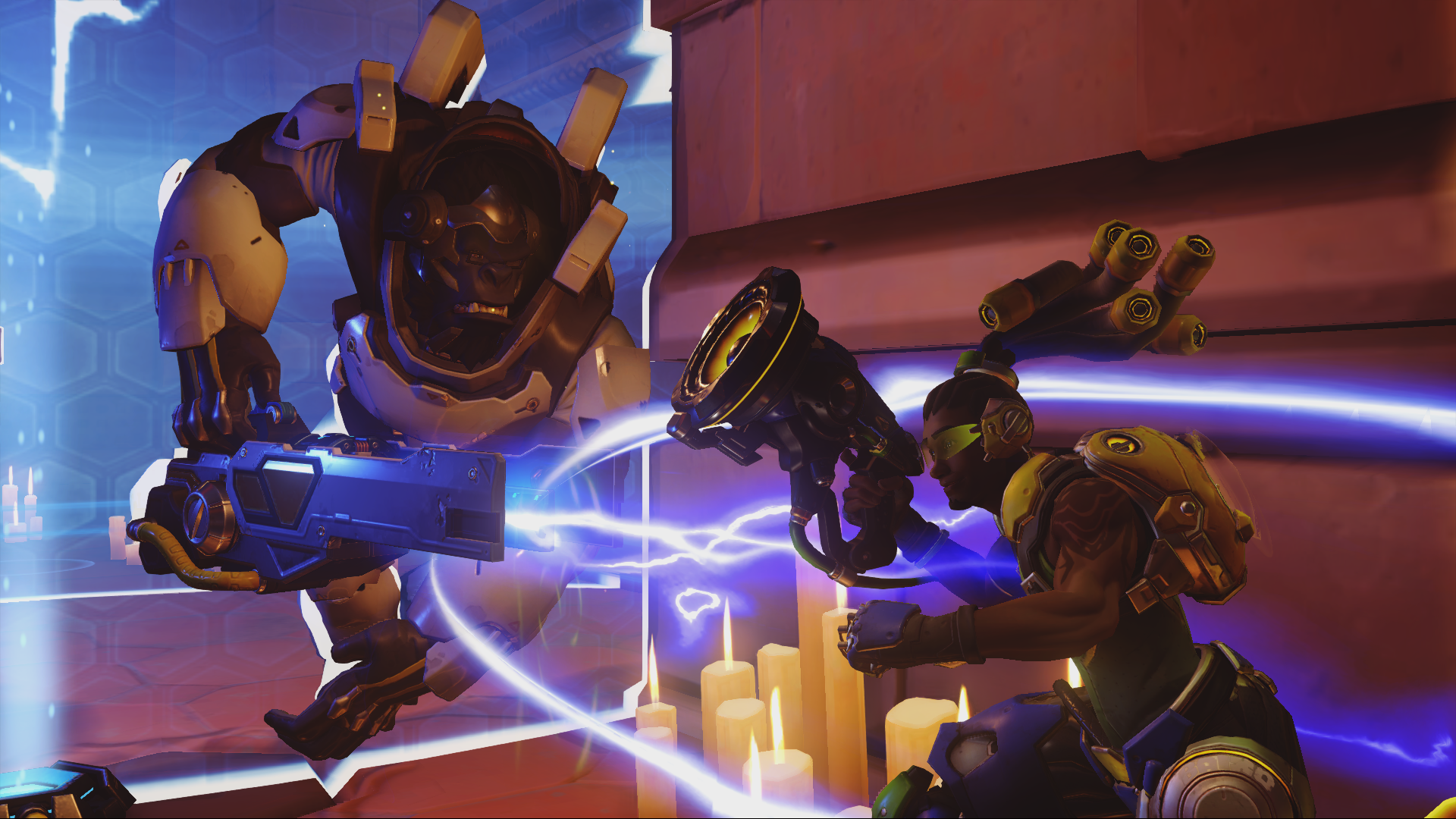
-
Overwatch Screenshots #17
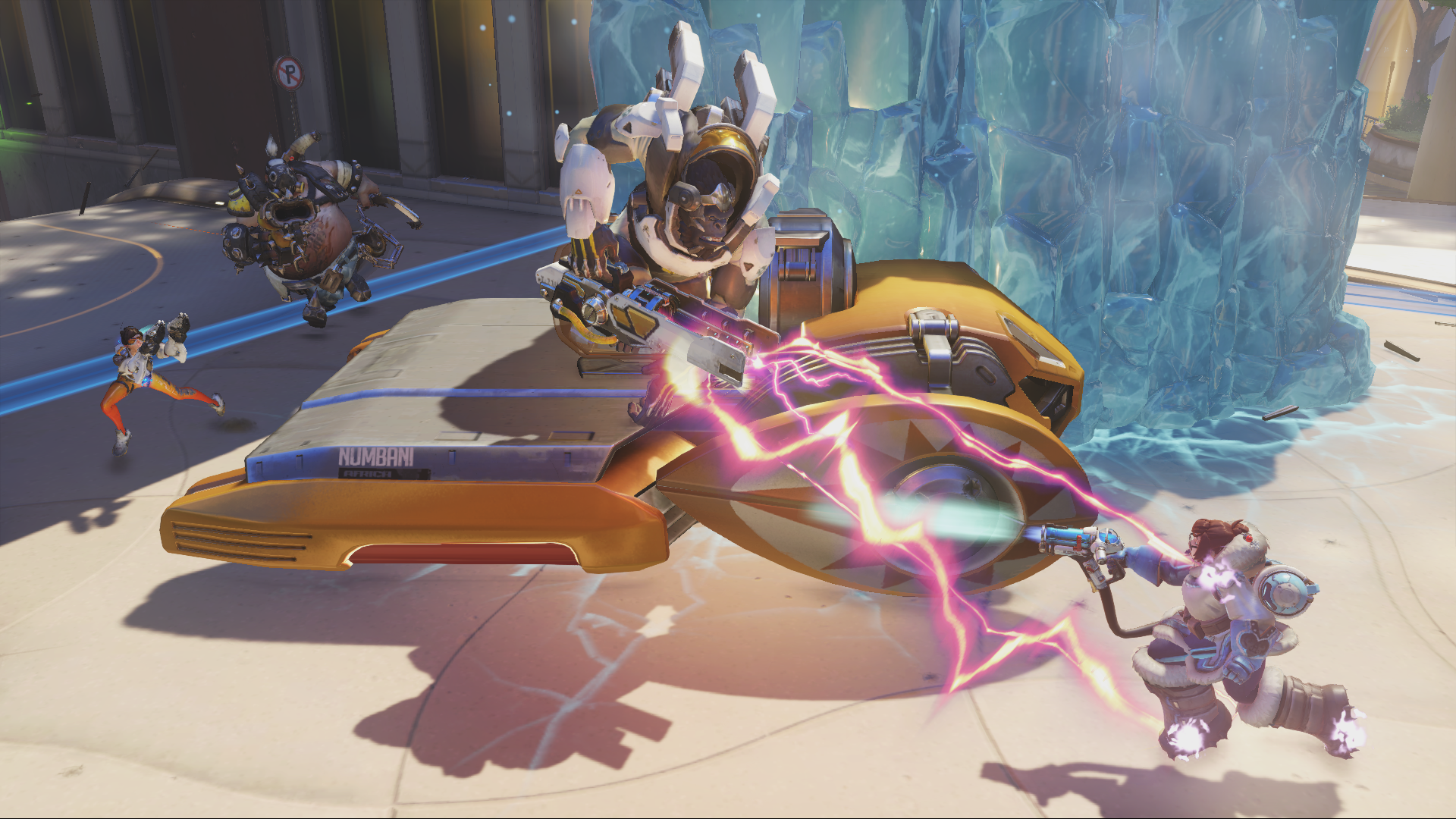
-
Overwatch Screenshots #18
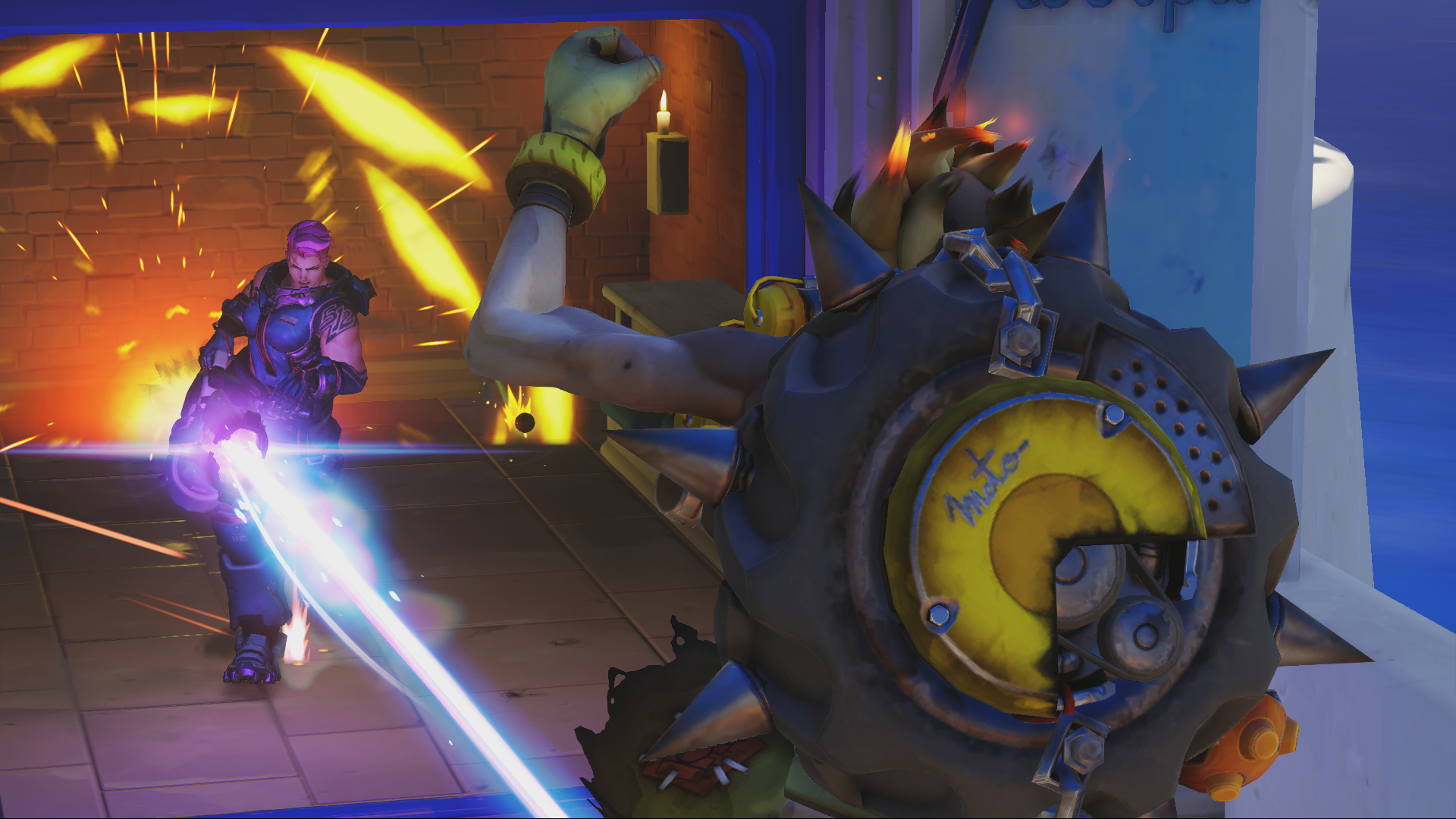
-
Overwatch Screenshots #19
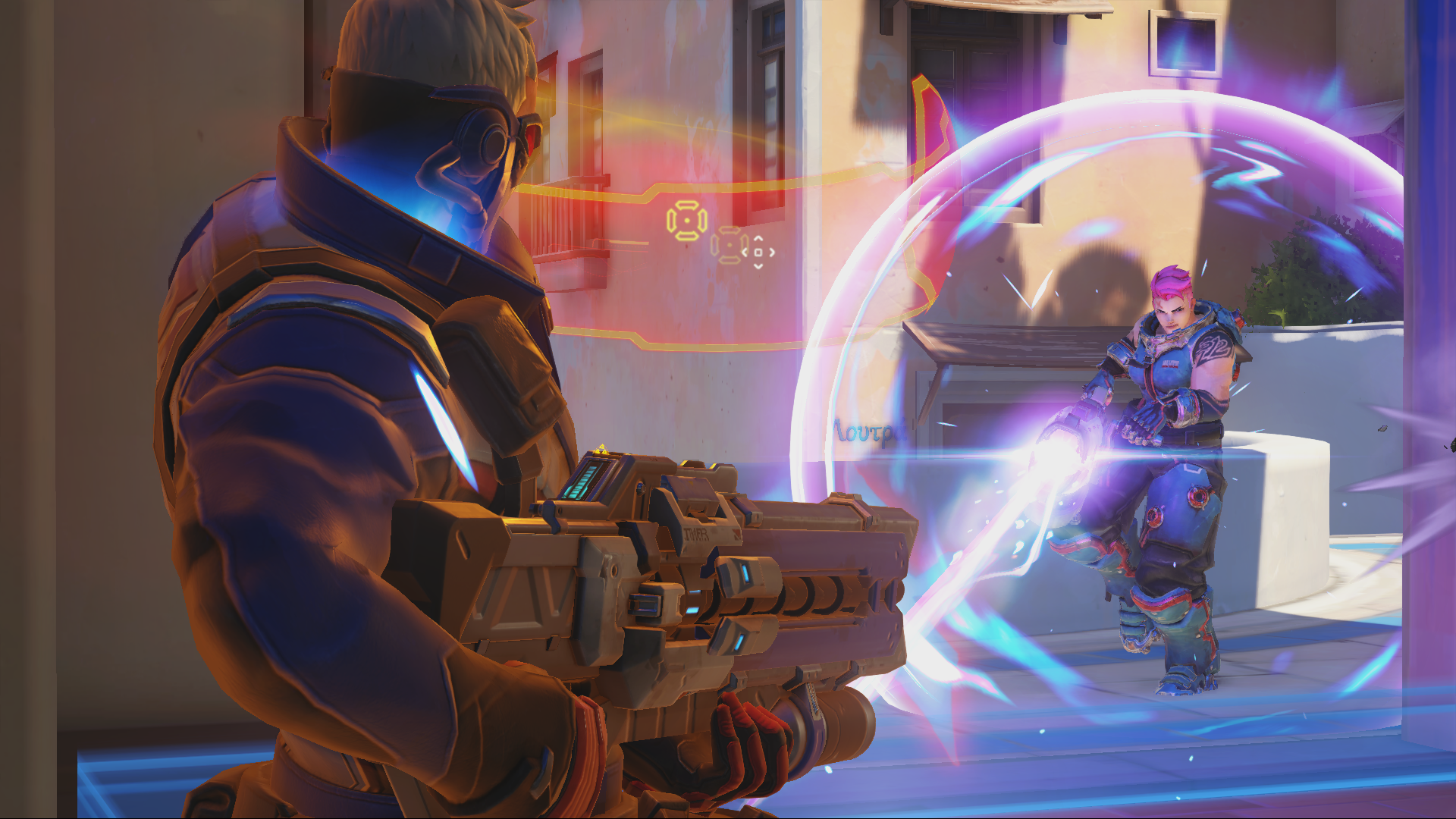
-
Overwatch Screenshots #20
